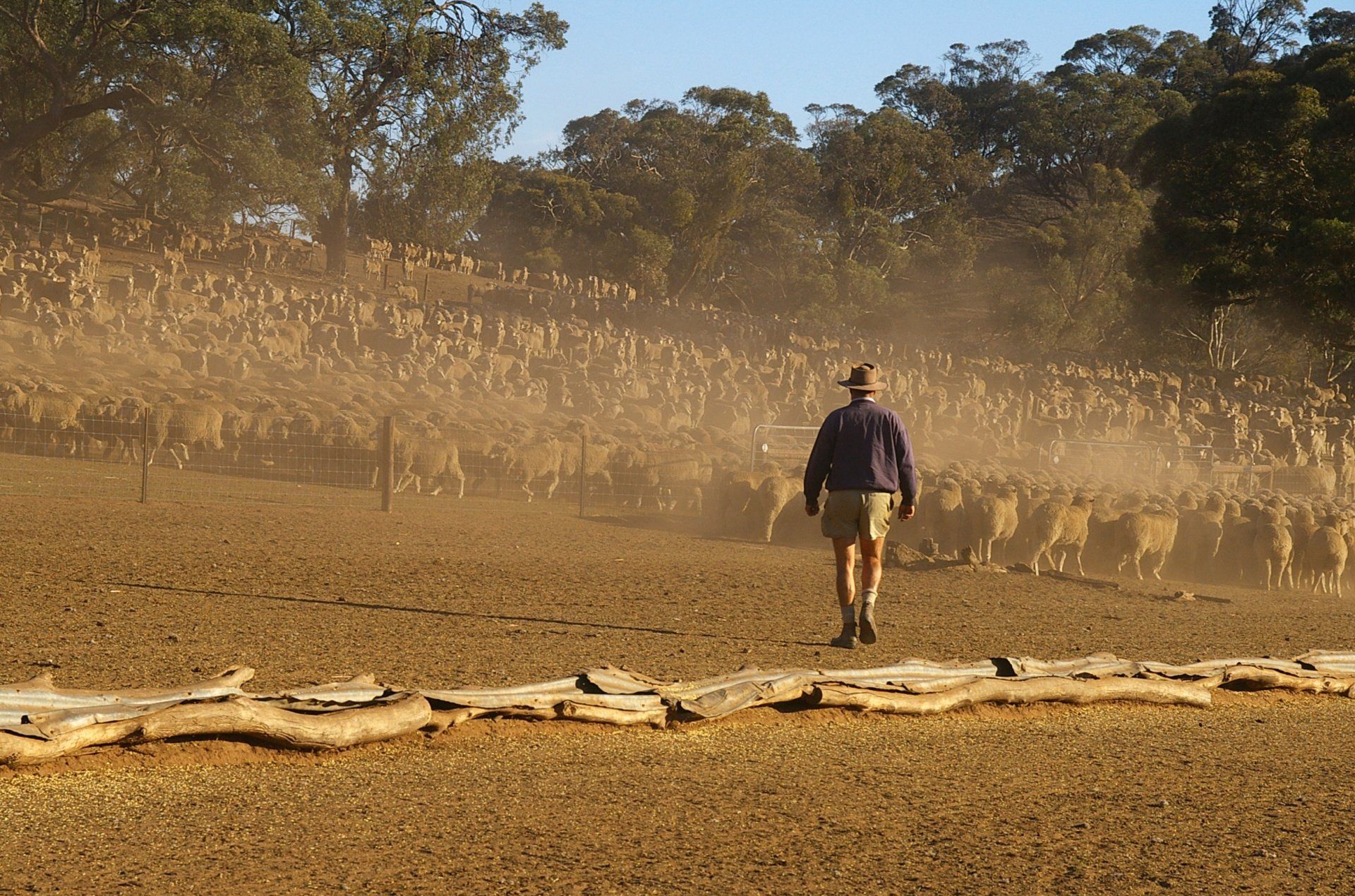1MG FlippingBooks
51 techniques for farmers to cut costs amid drought
A new report has outlined 51 ways drought-stricken farmers can lower their energy use, operating costs and carbon emissions.
The report coincides with the Federal Government releasing $50m in grants from early 2020 to help farmers implement some of the technologies.
The free Transforming Australian Agriculture with Clean Energy guide outlines methods and associated costs of generating energy, upgrading machinery, improving irrigation, making buildings more efficient, and adopting precision agriculture and emerging technologies.
“This guide is another way we are bringing the substantial benefits of one of our newest industries – clean energy – to one of our most established – agriculture,” said Ian Learmonth, CEO of the Clean Energy Finance Corporation (CEFC), which prepared the guide with the National Farmers’ Federation (NFF).
“Clean energy leads to greater efficiencies and productivity, and an overall lower emissions profile for the agribusiness sector,” said NFF’s CEO, Tony Mahar.
“The first recommendation in the report is to do an energy audit,” said NFF CEO Tony Mahar. “Look at your farm, where the energy is used, how it's used, and whether they are any opportunities to actually reduce that energy.”
The potential energy efficiency technologies range from variable speed drives and smart controls to best-in-class tractors and refrigeration equipment. Renewable energy solutions include increasingly cost-effective solar PV as well as on-farm microgrids, which are adept in remote areas or where network connections are expensive.
The guide says that investments in emerging technologies such as robotics can reduce fuel, labour costs, and greenhouse gas emissions, starting from less than $5000.
One Victorian farm upgraded to a new robotic dairy milking system and reduced their energy use by over 25 per cent, according to the CEFC.
“It’s important to make sure farmers have the ideas necessary to reduce their energy costs but also the finance available to be able to do so. That’s particularly important during this drought,” said Minister for Energy and Emissions Reduction Angus Taylor last week at Pialligo Estate, ACT.
“The $50 million Energy Efficient Communities Program will be rolled out over the coming months and years and is available for energy audits and investments that can help farmers and other small businesses to reduce their energy costs.”
Up to $10 million has already been allocated to eligible dairy farms in recognition of the impact high electricity costs have on a sector that must milk and then chill its product.
Community organisations can apply for grants from October, and businesses in early 2020, on a first-come-first-serve basis.
“More than 1,100 agriculture projects are already drawing on $260 million in CEFC finance to invest in solar PV, lower emissions farm equipment, energy efficient machinery upgrades, and biomass energy-from-waste,” CEFC’s CEO, Ian Learmonth said.
Australian agriculture is a $60 billion sector with many farm businesses heavily reliant on affordable and reliable energy in order to remain competitive, according to the Department of the Environment and Energy.
The Federal Government’s Climate Solutions Fund is another scheme to improve the environment. Farmers and organisations can sell carbon abatement credits earned for running emission-reducing projects to the Fund.
Over 770 projects have already been registered in the $2bn fund.
The Department says the fund will, by 2030, reduce Australia’s emissions by 26-28 per cent the levels they were in 2005.
However, Australia’s annual emissions have climbed by 1.4% according to Quarterly Update figures released in March by the Department.

















